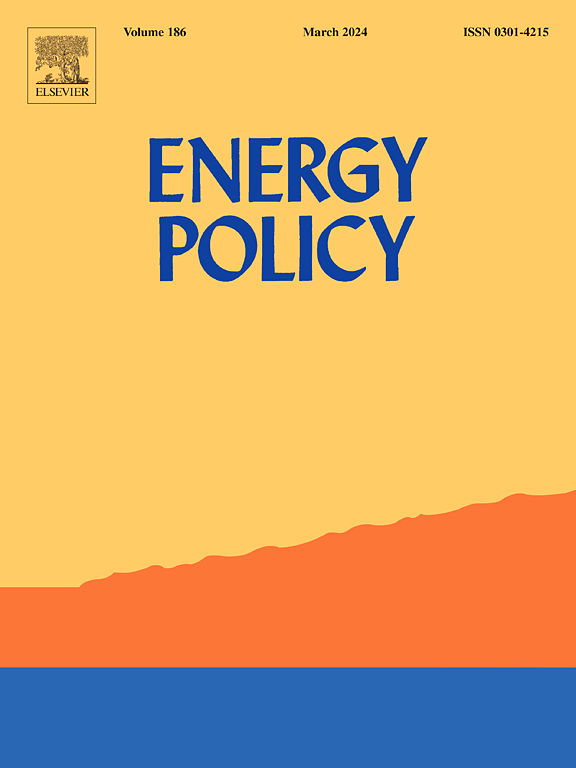根据现实世界的拓扑结构和土地覆盖数据估算配电网络长度和资本投资需求
IF 9.3
2区 经济学
Q1 ECONOMICS
引用次数: 0
摘要
太阳能光伏系统和电动汽车等绿色技术在全球去碳化努力中发挥着重要作用。为了推广这些技术,需要对配电网络进行升级,这是一项复杂而昂贵的工作。然而,电力公司面临预算限制,并寻求减少规划的不确定性。在此,我们利用 7527 个真实世界的电网拓扑结构和土地覆盖数据,开发了一个模型,用于估算特定区域电气化的导线和资本投资需求。我们的工作有三大贡献:首先,我们证明了土地覆盖数据在电力线路规划中的重要作用。我们表明,对于中型和大型网络,由于土地覆被,特别是建筑物和道路的重大影响,需要采用不同的方法。其次,我们引入了一个关于电力线路长度的简易模型,并将用电点数量确定为网络投资成本的主要决定因素。第三,我们提出了一个为监管机构和投资者量身定制的成本评估模型,为电网规划、政策制定、尽职调查和研究提供了宝贵的见解。我们的工作凸显了在配电网络规划中结合土地覆盖数据和运筹学算法的重要性,并为政策制定者提供了确保网络扩展成本效益的工具。本文章由计算机程序翻译,如有差异,请以英文原文为准。
Estimating electrical distribution network length and capital investment needs from real-world topologies and land cover data
Green technologies such as solar photovoltaic systems and electric vehicles play a fundamental role in the global decarbonization effort. To enable their diffusion, electricity distribution networks need to be upgraded, which is a complex and expensive endeavor. However, utilities face budgetary constraints and seek to reduce planning uncertainty. Here, we utilize 7,527 real-world grid topologies and land cover data to develop a model for estimating conductor and capital investment needs for electrifying a specific area. Our work yields three main contributions: First, we demonstrate the important role of land cover data in power line planning. We show that, for medium and large networks, distinct methodologies are needed due to the significant impact of land cover, particularly buildings and roads. Second, we introduce a parsimonious model of power line length and identify the number of consumption points as the primary determinant of network investment costs. Third, we present a cost assessment model tailored for regulators and investors, offering valuable insights for network planning, policymaking, due diligence, and research. Our work highlights the importance of combining land cover data and operations research algorithms in distribution network planning and provides policymakers with a tool to ensure cost-efficient network expansion.
求助全文
通过发布文献求助,成功后即可免费获取论文全文。
去求助
来源期刊

Energy Policy
管理科学-环境科学
CiteScore
17.30
自引率
5.60%
发文量
540
审稿时长
7.9 months
期刊介绍:
Energy policy is the manner in which a given entity (often governmental) has decided to address issues of energy development including energy conversion, distribution and use as well as reduction of greenhouse gas emissions in order to contribute to climate change mitigation. The attributes of energy policy may include legislation, international treaties, incentives to investment, guidelines for energy conservation, taxation and other public policy techniques.
Energy policy is closely related to climate change policy because totalled worldwide the energy sector emits more greenhouse gas than other sectors.
 求助内容:
求助内容: 应助结果提醒方式:
应助结果提醒方式:


